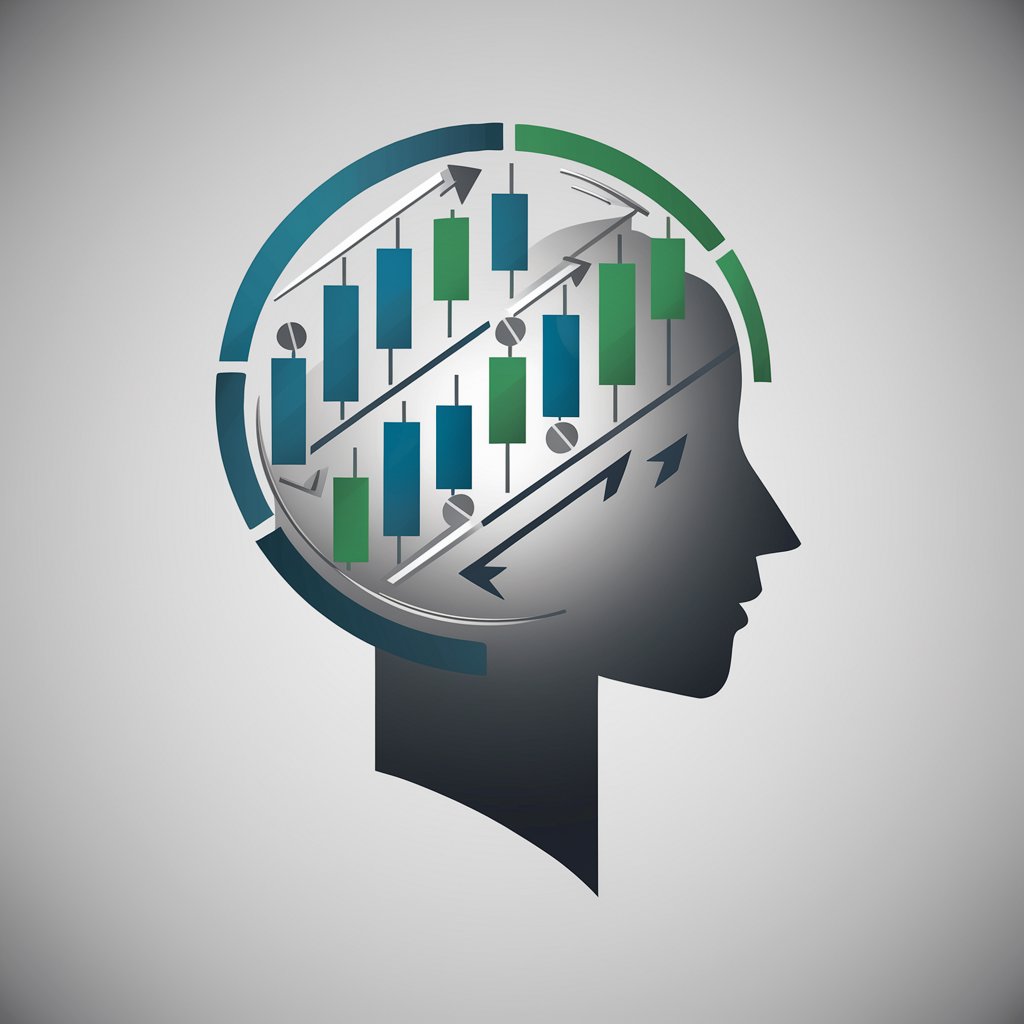
Crypto Technical Analysis - Advanced Crypto Analysis

Welcome to Crypto Technical Analysis!
Empowering Trading Decisions with AI-Powered Analysis
Analyze the current trend of Bitcoin using Elliott Wave Theory.
Provide a support and resistance analysis for Ethereum.
What are the latest news headlines impacting the cryptocurrency market?
Conduct a sentiment analysis on social media for Dogecoin.
Get Embed Code
Overview of Crypto Technical Analysis
Crypto Technical Analysis is a specialized area of financial analysis focusing on the study of cryptocurrency market data. It involves evaluating historical price movements and trading volumes to forecast future price trends of cryptocurrencies. This analysis uses various statistical tools and charting techniques to understand market sentiment and make predictions about future market movements. For example, by analyzing Bitcoin's price chart, a crypto technical analyst might identify a repeating pattern, such as a head and shoulders pattern, indicating a potential reversal in the current trend. Powered by ChatGPT-4o。

Key Functions of Crypto Technical Analysis
Market Trend Analysis
Example
Identifying whether Bitcoin is in an uptrend, downtrend, or sideways trend using tools like moving averages and trendlines.
Scenario
An investor uses trend analysis to decide whether to buy, hold, or sell their Bitcoin holdings based on the identified trend direction.
Support and Resistance Levels
Example
Determining price levels where Ethereum consistently finds support (preventing prices from falling lower) or resistance (preventing prices from rising higher).
Scenario
A trader utilizes these levels to set strategic entry and exit points for trading Ethereum, aiming to buy near support levels and sell near resistance levels.
Chart Pattern Analysis
Example
Recognizing patterns like 'double tops' or 'bullish flags' on the Litecoin price chart that indicate potential future price movements.
Scenario
A technical analyst predicts an imminent price breakout in Litecoin after identifying a bullish flag pattern, guiding investment decisions.
Candlestick Pattern Recognition
Example
Interpreting candlestick patterns like 'Doji' or 'Bullish Engulfing' to gauge market sentiment in Ripple.
Scenario
A day trader spots a 'Bullish Engulfing' pattern on the Ripple chart, suggesting a potential short-term price increase, and decides to enter a long position.
Volume Analysis
Example
Assessing trading volumes alongside price movements to confirm the strength of a trend in Cardano.
Scenario
An analyst observes high trading volume accompanying a price increase in Cardano, confirming the strength and reliability of the uptrend.
Sentiment Analysis
Example
Using social media and news sentiment analysis tools to understand the general sentiment towards Polkadot.
Scenario
A market strategist gauges bullish sentiment in social media discussions about Polkadot, aligning this insight with technical indicators for comprehensive analysis.
Target User Groups for Crypto Technical Analysis
Cryptocurrency Traders
Traders benefit from real-time analysis and predictions, using this information for short-term trading decisions, like day trading or swing trading. They rely on technical analysis to time their trades and manage risk effectively.
Long-term Investors
Investors use technical analysis to identify long-term trends and optimal entry and exit points. This helps in making informed decisions for portfolio diversification and long-term holding strategies.
Cryptocurrency Enthusiasts
Individuals with an interest in the crypto market use technical analysis to stay informed and make educated guesses about market movements, even if they are not actively trading.
Financial Analysts and Advisors
These professionals use technical analysis as a tool to provide informed advice to clients or for personal investment strategies, leveraging detailed market insights to add value to their services.

Guidelines for Using Crypto Technical Analysis
Initial Exploration
Visit yeschat.ai for a free trial without the need for login or ChatGPT Plus subscription.
Understanding the Basics
Learn the fundamentals of cryptocurrency markets and familiarize yourself with common technical analysis terms and concepts.
Identify Your Goals
Determine what you want to achieve with crypto technical analysis, whether it's short-term trading, long-term investing, or market research.
Utilize Advanced Tools
Leverage advanced analysis tools for in-depth market insights, including real-time valuations, sentiment analysis, and historical data trends.
Continuous Learning
Stay updated with the latest market trends and continually enhance your knowledge through educational resources on technical analysis and blockchain technology.
Try other advanced and practical GPTs
SmartSkatt - Skatteeksperten for Norske AS
Navigating Norwegian Taxes with AI

The Solopreneur Coach
AI-Powered Entrepreneurial Guidance at Your Fingertips

GPT Idea Generator
AI-Powered Creativity for Every Idea

あなたもニュース記者に!ニュース記事&ツイート&画像&グラフ作成ロボット
Crafting News with AI Precision

Linux for Pirates
Navigating the Tech Seas with AI

8 Bit Art
Reviving Retro Charm with AI-Powered Pixel Art

にゃんこトーク
Purr-fectly Whimsical AI Conversations

Selim's Taste
Discover Movies with AI-Powered Precision

Chatter Spark
Elevate Every Conversation with AI

Science Studios AI Storyteller
Bringing Science to Life with AI

Content marketing specialist
Elevate Your Content with AI Precision

Photo Buddy 77
Elevate Your Street Shots with AI

In-Depth Q&A on Crypto Technical Analysis
What indicators are most crucial in crypto technical analysis?
Key indicators include support and resistance levels, various chart and candlestick patterns, and trend analysis. These help in predicting future market movements.
How does sentiment analysis impact crypto trading?
Sentiment analysis gauges market emotion, often sourced from social media and news. It provides insights into investor behavior and potential market directions.
Can technical analysis predict cryptocurrency prices accurately?
While technical analysis provides insights, it's not foolproof. Prices are influenced by various unpredictable factors. It's a tool for informed speculation rather than precise prediction.
How does one manage risk in crypto trading based on technical analysis?
Risk management involves setting stop-loss orders, diversifying portfolios, and keeping abreast of market news and trends to make informed decisions.
Is crypto technical analysis only suitable for short-term trading?
No, it's valuable for both short-term trading and long-term investment strategies. It helps in identifying entry and exit points and understanding market trends.





